Share the page
30 years of innovative solutions for living beings
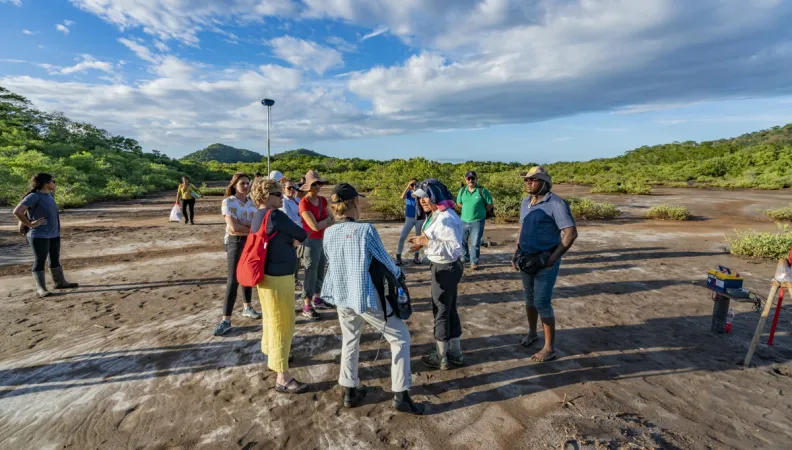
For 30 years, FFEM has listened to science and relied on international conventions and agreements to guide its strategy, innovate and meet global environmental and development challenges.
The 1990s
Founded in 1994 in the wake of the Rio Earth Summit and major environmental conventions, the FFEM has been a pioneer from the outset, supporting pioneering projects in biodiversity, renewable energy in rural areas and energy efficiency in buildings.
- First Earth Summit in Rio.
- Signing of the three conventions on biological diversity, climate change, and combating desertification.
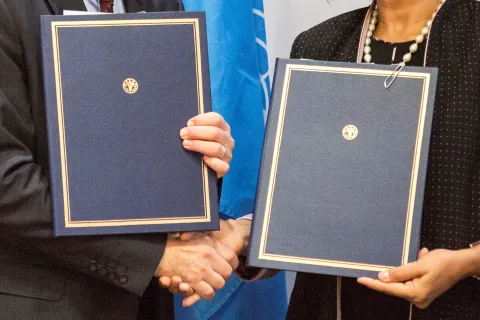 Photos FAO-signature RESSOURCE project (11)© FAO
Photos FAO-signature RESSOURCE project (11)© FAO
Creation of the French Global Environment Fund (FFEM).

- The FFEM is one of the first bilateral donors active in the Mediterranean basin working to preserve coastal and marine biodiversity.
- It finances rural electrification projects based on renewable energy in remote areas.
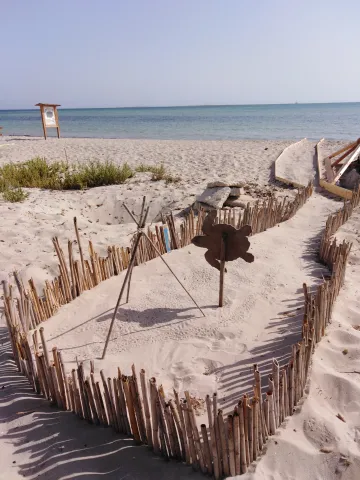
The FFEM is committed to promoting energy efficiency in buildings.
 AVNC LamontagneCosmos
AVNC LamontagneCosmos
The 2000s
From 2000 to 2007, FFEM expanded its activities by supporting the first initiatives in sustainable agriculture and integrated natural resource management, while remaining firmly committed to the fight against pollution and climate change, with the launch of flagship projects to eliminate pollutants, preserve biodiversity through civil society and adapt to the effects of climate change.
- The first sustainable agriculture projects are funded in Saharan and Sahelian countries to combat desertification.
- The FFEM supports integrated management of watersheds and coastal areas.
 baobab rampant Iles de la Madeleine - Sénégal © G Mauvais UICN
baobab rampant Iles de la Madeleine - Sénégal © G Mauvais UICN
- Entry into force of the Stockholm Convention on Persistent Organic Pollutants.
- The FFEM supports its first pollutant elimination projects and promotes alternatives to their use.
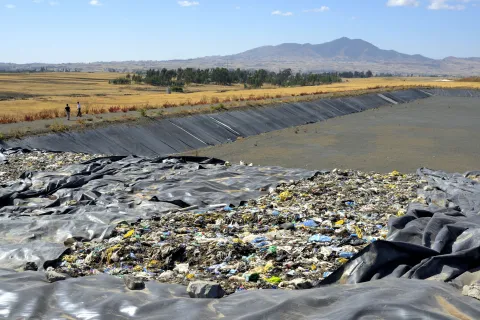 © Didier Gentilhomme_2, AFD
© Didier Gentilhomme_2, AFD
- The FFEM launches the first Small Initiatives Programme (PPI), which relies on civil society to preserve biodiversity.
- Entry into force of the Kyoto Protocol.
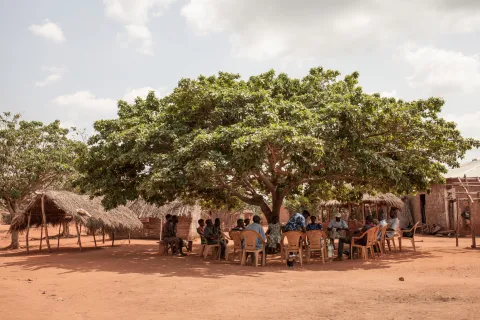 Crédit ALEXISHUGUET (4)
Crédit ALEXISHUGUET (4)
- Scaling up of climate change mitigation projects within FFEM’s activities.
- The Fund notably supports its first climate change adaptation projects.
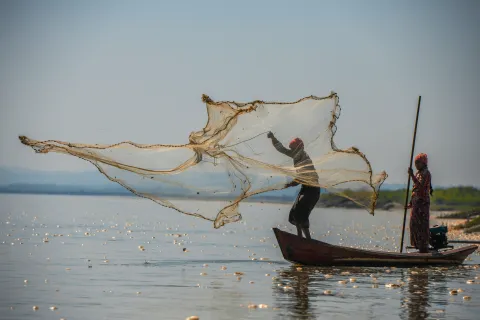 Myanmar © Aung Naing OO-AFD
Myanmar © Aung Naing OO-AFD
The 2010s
In the 2010s, FFEM strengthened its commitment to global issues by making the high seas one of its priorities, mobilising the private sector for climate action through FISP-Climat, and adopting an approach fully aligned with the Paris Agreement and the Sustainable Development Goals. It benefits from increased support from the French government and has made the circular economy and the fight against pollution a central strategic focus.
The FFEM adds protection of the high seas to its strategy.
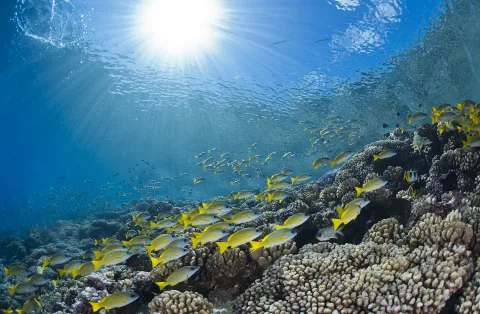 ThomasVignaud
ThomasVignaud
The FFEM creates the Private Sector Innovation Facility for Climate Change (FISP-Climat).
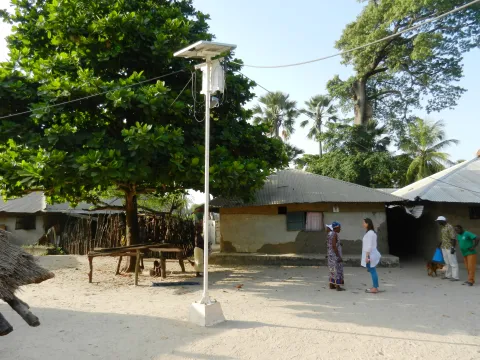 Dominique Richard, FFEM
Dominique Richard, FFEM
- Paris Agreement on climate change.
- Adoption of the 17 United Nations Sustainable Development Goals. The FFEM continues its integrated approach to environmental preservation and development.
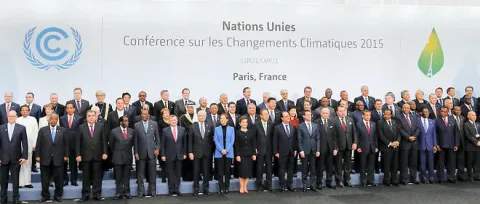 AFP
AFP
- 30% increase in resources allocated by the French State to the FFEM for project financing over the 2019–2022 period.
- The FFEM makes the circular economy, sound waste management, and pollution control a priority focus of its strategy.
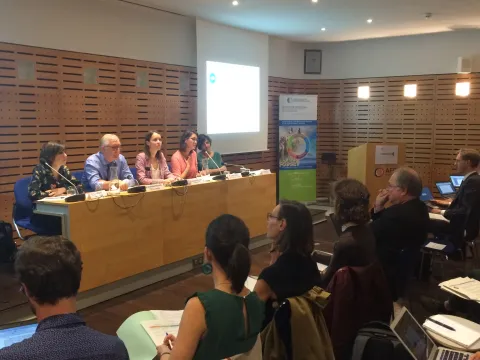
The 2020s
Since 2021, against a backdrop of accelerating international commitments on climate and biodiversity, the FFEM is asserting itself as a key player in environmental transitions by supporting the implementation of the global biodiversity framework, renewing its strategy (2023–2026) and integrating new issues such as environmental health, carbon finance and nature in cities, while strengthening its action on the high seas and in favour of tropical forests.
Momentum international sur la biodiversité et climat : Congrès mondial de la nature de l’UICN, CoP Biodiversité, CoP Climat.
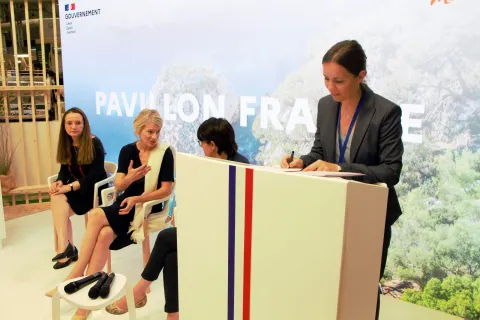 FFEM
FFEM
- Adoption of the new global biodiversity framework
- Replenishment of the FFEM to the amount of €132 million
- Historic agreement at COP 15 on a global biodiversity framework with the 30x30 target: This international objective aims to protect 30% of land and 30% of oceans by 2030.
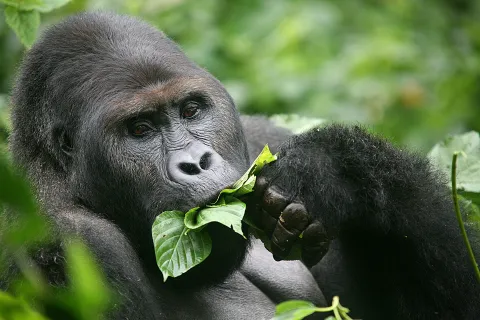 Frank Ribas-BRLi
Frank Ribas-BRLi
- Launch of the FFEM’s 2023–2026 strategy and publication of five thematic brochures.
- June: Publication of new FFEM capitalisation documents on sustainable forest management in Central Africa and the integration of nature in cities in Latin America.
- August: Following the adoption of a new global biodiversity framework, the GEF creates a new global biodiversity fund.
- September: Signing of the High Seas Treaty (BBNJ) for the conservation and sustainable use of marine biodiversity in areas beyond national jurisdiction.
- October: Publication of the new FFEM activity report.
- December: Unanimous signing of an agreement providing for a transition away from fossil fuels at the conclusion of COP28 on climate in Dubai.
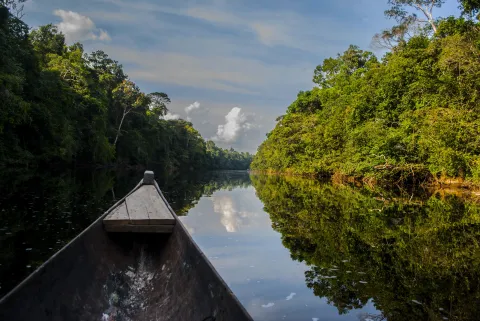 Mauricio Romero
Mauricio Romero
- February: Launch of the “One Health” call for projects aimed at tackling pollution factors that simultaneously impact the health of ecosystems, wildlife, and local populations.
- March: First global “Buildings and Climate” forum co-organised by France and the United Nations Environment Programme (UNEP).
- May: Publication by the FFEM of the note “Supporting project developers using the ‘carbon finance’ tool.”
- June: High-level international conference “Immersed in Change” held in preparation for the third United Nations Ocean Conference (UNOC), co-organised by France and Costa Rica.
- Ratification of the High Seas Treaty (BBNJ).
- October: COP16, the first conference since the 2022 Kunming-Montreal agreement, promoting ambitious goals for biodiversity protection.
 PRCM
PRCM





